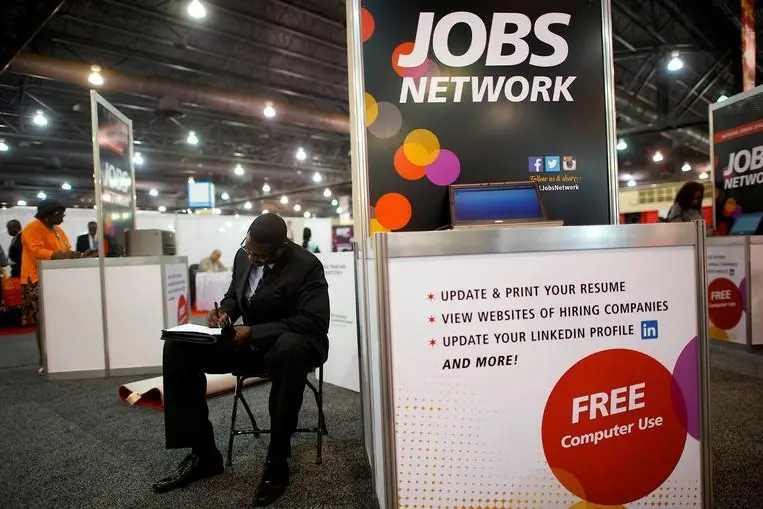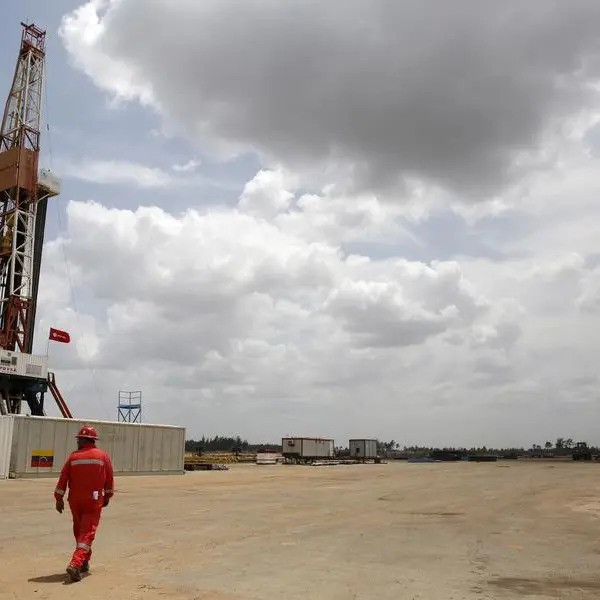PHOTO
WASHINGTON - U.S. job growth likely remained strong in January amid a persistently resilient labor market, but an anticipated further slowdown in wage gains should give the Federal Reserve some comfort in its fight against inflation.
The Labor Department's closely watched employment report on Friday is also expected to show the unemployment rate ticking up to 3.6% last month from a more than 50-year low of 3.5% in December. It would allow the U.S. central bank, focused on wage inflation, to maintain a moderate pace of rate hikes and reduce the risk of a recession this year.
Fed Chair Jerome Powell told reporters on Wednesday that "the economy can return to 2% inflation without a really significant downturn or a really big increase in unemployment." With wages moderating and inflation trending lower, economists are increasingly agreeing with that sentiment.
"Wage growth is decelerating less than inflation," said Kate Bahn, chief economist at the Washington Center for Equitable Growth in Washington. "For the Fed, it really makes the case that you don't necessarily need to rely on tempering labor market growth to address inflation if the labor market is not the cause of inflation."
The survey of establishments will likely show that nonfarm payrolls increased by 185,000 last month after rising by 223,000 in December, according to a Reuters survey of economists.
Average hourly earnings are forecast rising 0.3% after a similar gain in December. That would lower the year-on-year increase in wages to 4.3% from 4.6% in December.
But great uncertainty surrounds the payrolls forecast, and estimates ranged from 125,000 to 305,000.
With January's employment report, the government will publish its annual "benchmark" revisions and update the formulas it uses to smooth the data for regular seasonal fluctuations in the establishment survey. It will also incorporate new population estimates in the household survey, from which the unemployment rate is derived. As such January's unemployment rate will not be directly comparable to December.
Last year, the Labor Department's Bureau of Labor Statistics (BLS) estimated the economy added 462,000 more jobs in the 12 months through March 2022 than previously reported. Payrolls data from April through December will also be revised based on the new benchmark level and updated seasonal factors. The revisions will also affect average hourly earnings and the workweek.
BLS will also revise their industry classification system, which would result in about 10% of employment reclassified into different industries. It warned last month that the revisions and industry reclassification "will affect more historical data than is typical in the annual benchmark process."
REVISIONS IN FOCUS
The revisions will attract attention after researchers at the Philadelphia Fed published a paper in December that suggested employment growth in the second quarter was overstated by a million jobs. But economists have dismissed this claim.
"There's a few kind of estimates out there from various surveys that seem to question what's being published right now by the BLS for employment," said Jonathan Millar, a senior economist at Barclays in New York. "But really, the main reason they're different is because of the seasonal adjustment issue, how you apply the seasonal adjustments."
Economists did not expect a big drag on payrolls from the mid-January flooding in California and snowstorms in the mid-West. Labor market strength is despite thousands of layoffs in the technology sector as well as the interest-rate sensitive industries like finance and housing.
Government data this week showed there were 11 million job openings at the end of December, with 1.9 openings for every unemployed person.
Though the leisure and hospitality sector likely led job gains in January, employment also probably got a boost from the return of 36,000 striking university workers in California.
Still, there are cracks forming in the foundation. Temporary help jobs, a harbinger of future hiring, are likely to have declined for a sixth straight month. The average workweek is seen unchanged at a more than 2-1/2-year low of 34.3 hours. Businesses typically reduce hours before cutting jobs.
The Fed on Wednesday raised its policy rate by 25 basis points to the 4.50%-4.75% range, and promised "ongoing increases" in borrowing costs.
Economists will be closely watching the labor force for signs whether the current pace of job growth will persist. The labor force participation rate, or the proportion of working-age Americans who have a job or are looking for one, remains a full percentage point below its pre-pandemic level.
"There's still a lot of people that are sick and can't work full time," said Christopher Kayes, chair of the Department of Management at the George Washington University School of Business. "There's still a lot of families that can't find childcare, and people working part-time."
(Reporting By Lucia Mutikani; Editing by Andrea Ricci)





















